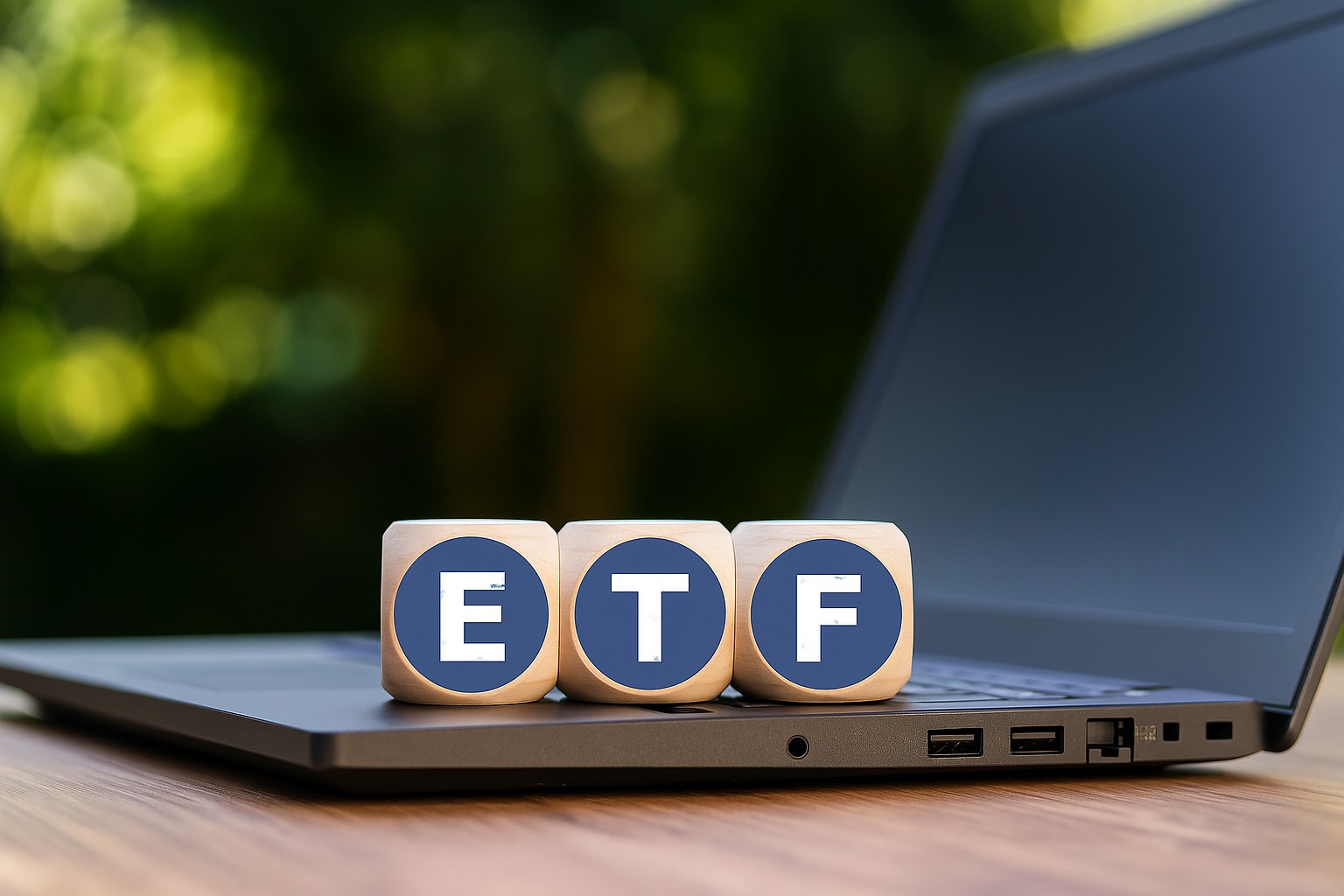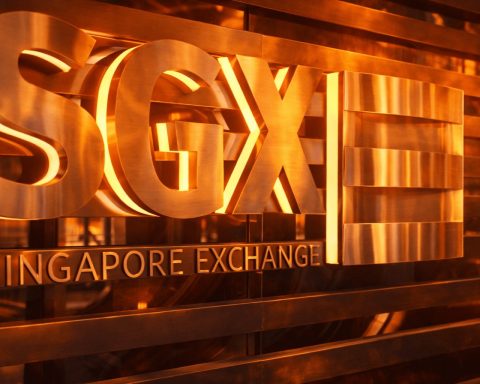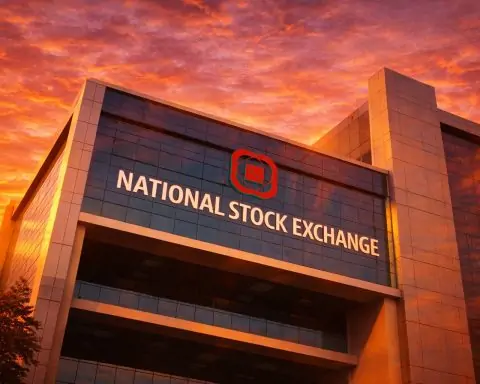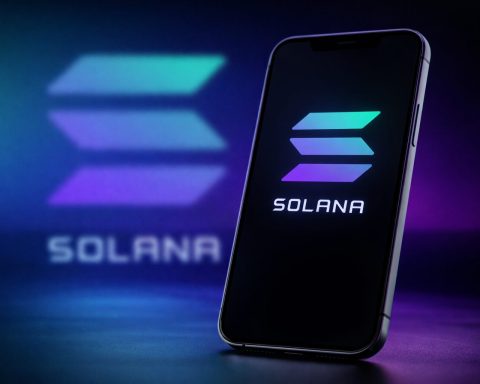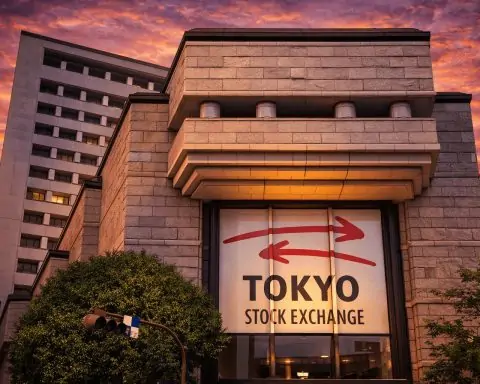In Monday trading (Nov. 10, 2025), Vanguard’s Total Stock Market ETF (VTI) and S&P 500 ETF (VOO) ticked higher alongside equities as progress toward a U.S. government‑funding deal buoyed sentiment. As of ~15:24 UTC, VTI traded around $333.79 (≈+1.1% on the day). Markets were mixed to modestly positive, with the S&P 500 up ~0.1% and the Nasdaq down ~0.2% on the session. [1]
What’s moving VTI and VOO today
- Macro backdrop: Stocks are gaining as lawmakers advance steps to end the U.S. shutdown, improving risk appetite heading into mid‑November. Equity benchmarks are little changed to slightly higher overall, but breadth is firmer outside mega‑cap tech. [2]
- Live tape: Mid‑afternoon, VTI hovered near $334 while VOO traded around the low $620s. Small caps (IWM) were also modestly higher intraday, reflecting broad (if cautious) buying.
Fresh data points on VTI (Nov. 10)
TipRanks’ VTI ETF Daily Report (11/10/2025) highlights that:
- 5‑day change:−1.88%; YTD:+14.71%.
- Flows:+$433M over the past five trading days; 3‑month avg. volume: ~4.04M shares.
- Technical posture: VTI remains above its 50‑day EMA (~$326.93)—a constructive trend signal.
- Consensus/targets: TipRanks’ ETF analyst blend pegs VTI as “Moderate Buy,” with an average implied price target of $387.53 (~+17.4% upside).
- Top weights:Nvidia 6.69%, Microsoft 5.98%, Apple 5.87%. [3]
Why it matters: The combination of continued leadership from mega‑cap tech plus steady net inflows reinforces the case for using a broad‑market core ETF (like VTI) to capture the entire U.S. market’s earnings and sector mix in a single, low‑fee wrapper. [4]
Why young investors still gravitate to VOO and VTI
An ETF.com discussion with Vanguard’s Andy Maack last week cuts through the noise: in the era of TikTok‑driven themes, simple, broad index funds (VOO for the S&P 500 and VTI for the total U.S. market) “remain the best bet” for long‑term investors. The reasons are the classics—diversification, discipline, and ultra‑low cost—backed by decades of compounding. [5]
On costs, the math is compelling. VOO’s expense ratio is 0.03%, while IWM (small caps) charges 0.19%, per each provider’s latest disclosures. Fee gaps like these consistently tilt the playing field toward broad, low‑cost cores for buy‑and‑hold investors. [6]
VOO vs. IWM: the “cost & composition” angle
- Cost: VOO at 0.03% vs. IWM at 0.19% (provider data). Lower fees help compounding, especially over multi‑decade horizons typical for younger savers. [7]
- Exposure: VOO = large‑cap U.S. leaders; IWM = small‑cap U.S. breadth. A recent breakdown (Motley Fool coverage) also framed VOO as offering lower costs and stronger growth versus IWM—consistent with this year’s large‑cap leadership—though small caps can shine in different parts of the cycle. [8]
Takeaway: Many long‑horizon investors anchor portfolios in VOO/VTI and express tactical views (e.g., a small‑cap tilt via IWM) as satellites, rather than replacing the core.
The flows story: 2025’s ETF boom
Investors have piled into ETFs at a record clip this year. U.S. ETF net inflows topped $1 trillion in 2025, with VOO frequently at or near the top of leaderboards, according to industry tallies covering October. The wave underscores investor preference for low‑fee, rules‑based, tax‑efficient building blocks. [9]
Quick stats & context for readers (Nov. 10, 2025)
- Live market check (session): S&P 500 +0.1%; Nasdaq −0.2%. [10]
- VTI technicals & internals: Above 50‑day EMA (~$326.93); 5‑day flows +$433M; top holdings led by NVDA/MSFT/AAPL. [11]
- Core‑ETF costs: VOO 0.03%; VTI 0.03%; IWM 0.19% (provider data). [12]
- Why younger investors favor VOO/VTI: broad diversification + simplicity + fee edge. [13]
What to watch next
- Policy headlines: Ongoing progress (or setbacks) on federal funding could sway near‑term sentiment and beta. [14]
- Leadership breadth: Whether gains extend beyond mega‑cap tech (key overweight in VTI/VOO) will influence small‑cap (IWM) relative performance into year‑end. [15]
Bottom line for Nov. 10
Today’s bid for risk assets keeps the broad‑market core ETF playbook in focus. VTI offers a one‑ticket claim on the entire U.S. market, while VOO concentrates on large caps—both ultra‑low‑cost and well‑suited for long‑term compounding. For many investors, that’s why these two remain the go‑to “set‑and‑grow” engines—especially for younger savers balancing time horizon, simplicity, and fees. [16]
Sources & further reading
- TipRanks — VTI ETF Daily Report (11/10/2025): performance, flows, technicals, holdings. [17]
- ETF.com (Nov. 6, 2025): Why VOO and VTI Still Win for Young Investors (Q&A with Vanguard’s Andy Maack). [18]
- Provider data:Vanguard VOO (0.03% ER); iShares IWM (0.19% ER); Vanguard VTI (0.03% ER). [19]
- Market wrap (Nov. 10, 2025): Index moves; sentiment tied to shutdown progress. [20]
- 2025 flow trends: Record U.S. ETF inflows; VOO among top gatherers into October. [21]
- Perspective on VOO vs. IWM: Cost/outcome framing. [22]
Disclosure: This article is for information and education only and is not investment advice. All market data are intraday unless noted; always verify current prices and consider your objectives and risk tolerance before investing.
References
1. www.nasdaq.com, 2. www.reuters.com, 3. www.tipranks.com, 4. www.tipranks.com, 5. www.etf.com, 6. investor.vanguard.com, 7. investor.vanguard.com, 8. www.sharewise.com, 9. www.etf.com, 10. www.nasdaq.com, 11. www.tipranks.com, 12. investor.vanguard.com, 13. www.etf.com, 14. www.reuters.com, 15. www.tipranks.com, 16. www.etf.com, 17. www.tipranks.com, 18. www.etf.com, 19. investor.vanguard.com, 20. www.nasdaq.com, 21. www.etf.com, 22. www.sharewise.com
